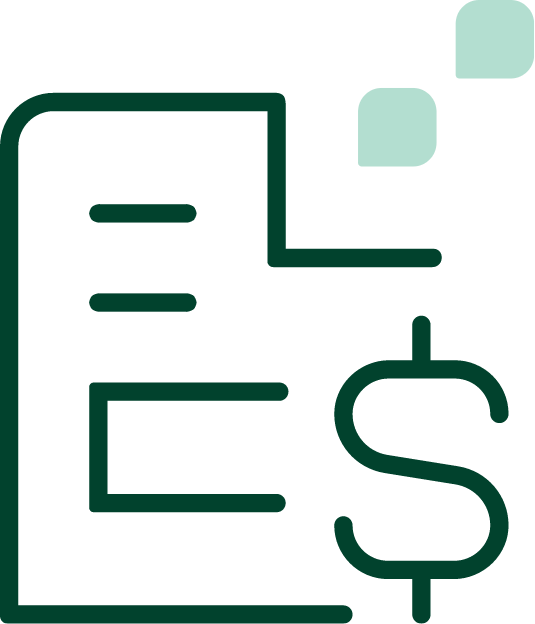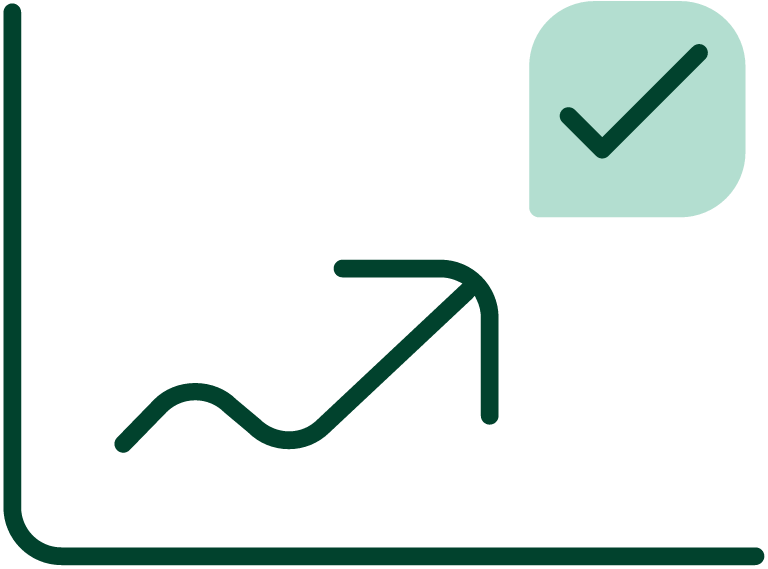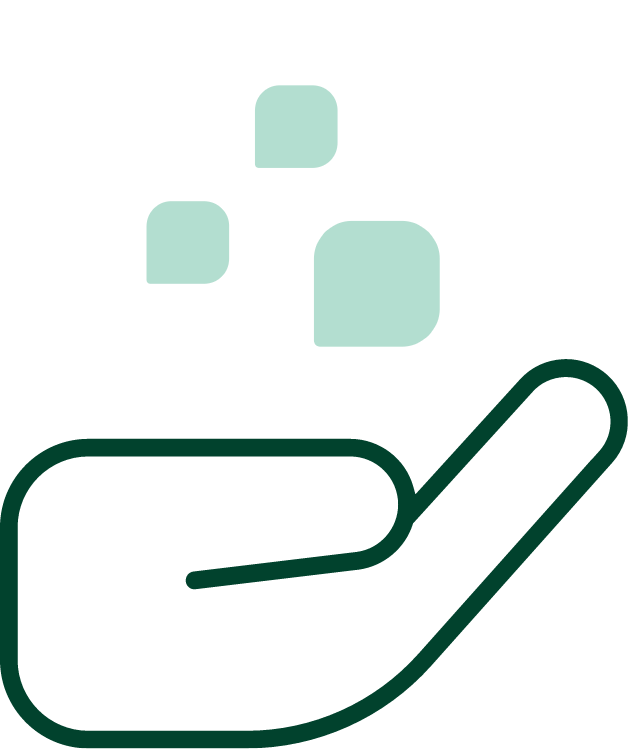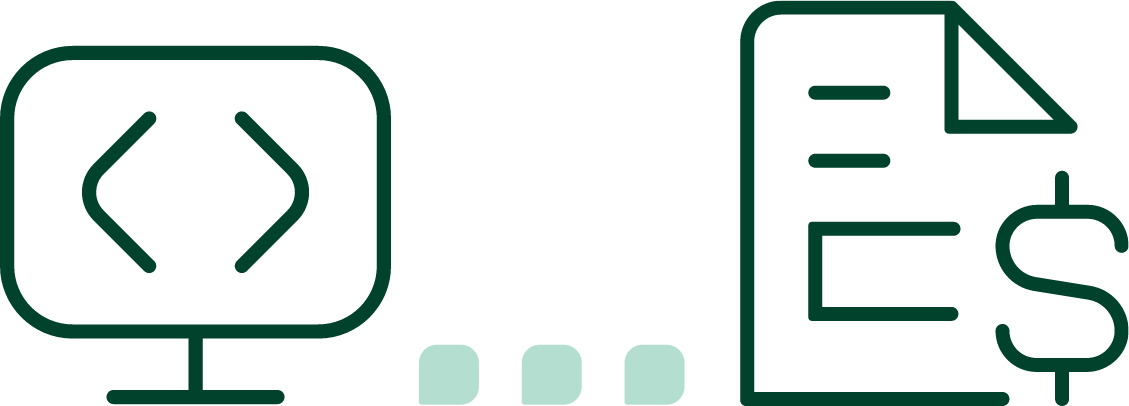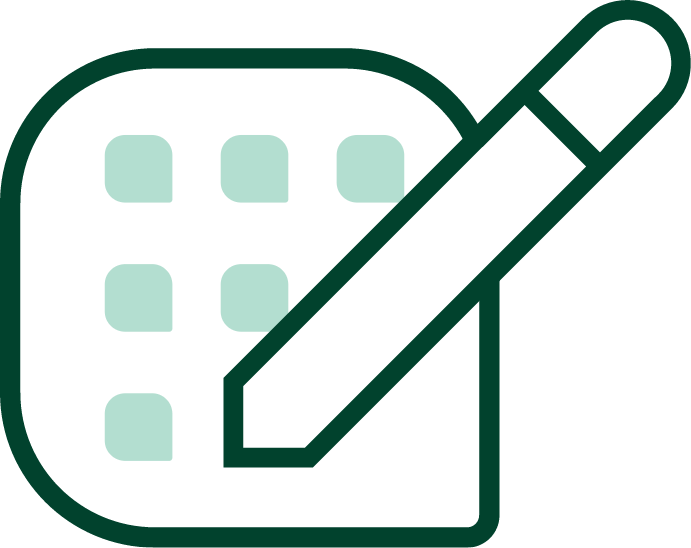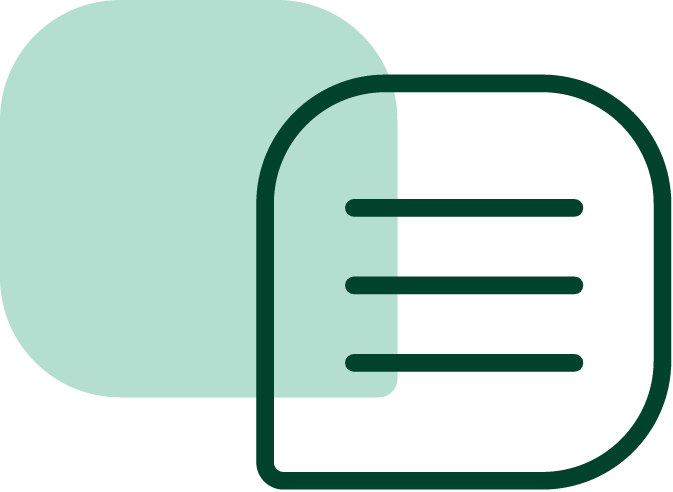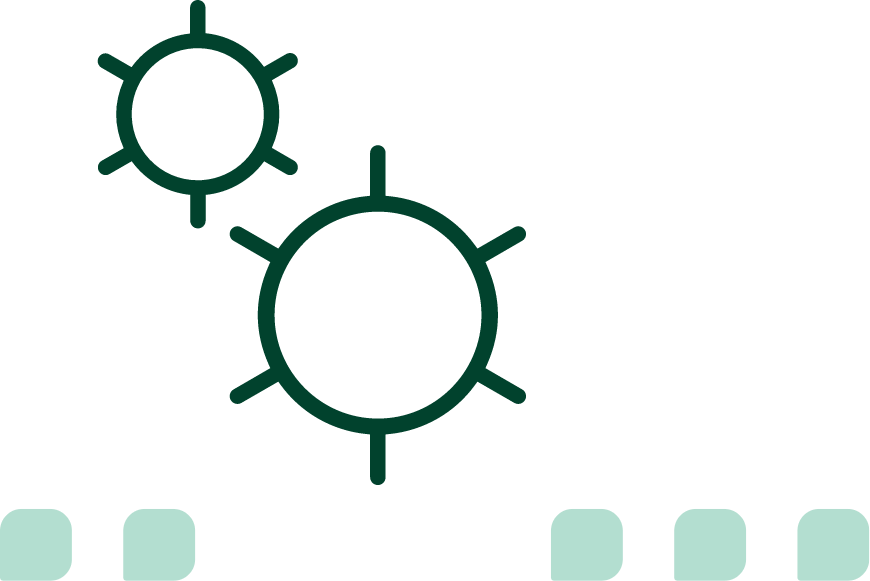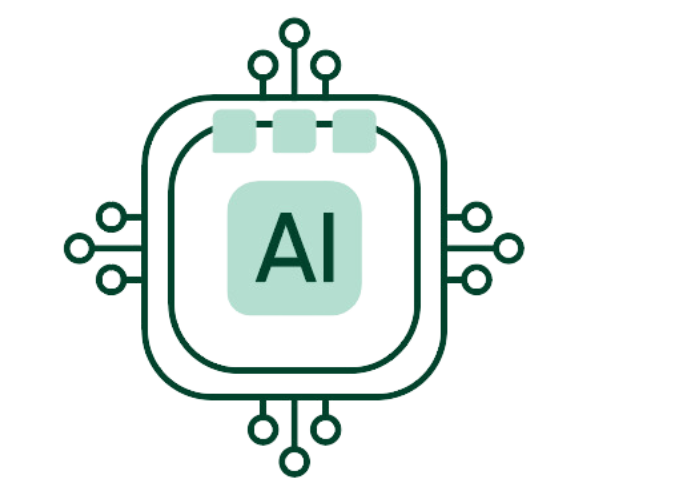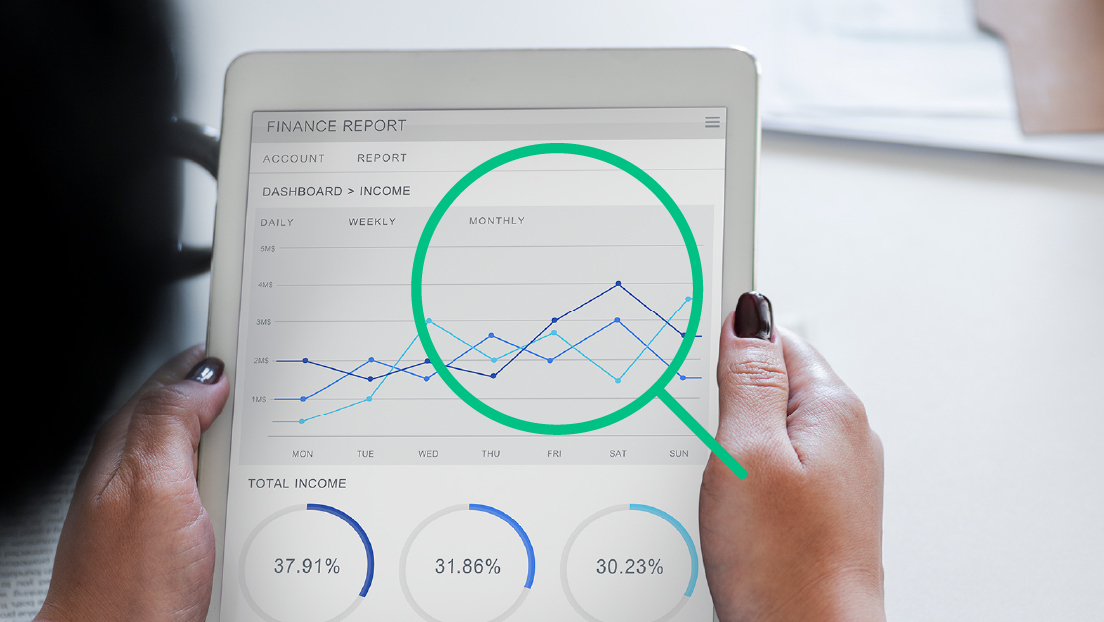Task prioritization takes different forms across various industries. In accounts receivables, it most commonly manifests as account prioritization. This refers to organizing and categorizing customer accounts according to their creditworthiness and likelihood of payment. It adds an extra step to credit extension and A/R processes, but it saves organizations time they would otherwise spend hunting payments for invoices.
How Prioritization Strategies Improve Collections Performance
Accounts Receivable teams can use prioritization strategies to increase the efficiency of their collections process. By carefully analyzing customer accounts and assigning them a priority level, A/R teams can improve their ability to prioritize tasks.
This approach lets them focus on the highest-priority accounts first, ensuring that customer payments are received quickly. Additionally, it frees up resources for lower-priority tasks, so those activities don’t become neglected or forgotten.
Organizations can improve the efficacy of their A/R processes by using task prioritization in collections management. They can collect more money faster and reduce delinquent invoices more efficiently. Improved performance ultimately leads to better financial health and profitability for the organization.
How Managers Can Get Started With Prioritizing Collections Accounts
No proposed solution eliminates a problem on its own. Its ability to work effectively depends on the design and implementation phases. Here are some best practices managers should review before getting started.
Conduct Risk-Based Assessments
Once managers have created the aging buckets, they can start conducting risk-based assessments of all accounts. This involves analyzing customer data such as creditworthiness and payment history to determine which accounts pose the highest risk of delinquency and require more attention from collections staff.
Ideally, companies assign an individual or team to tackle this before onboarding new clients. Handling this at the start can make it easier for companies to identify high-risk factors and plan accordingly. Appropriate plans might include the following:
- Choosing not to offer credit to high-risk customers
- Requiring deposits for high-risk customers
- Limiting how much credit new companies can access
Create Aging Bucket Lists
Organizing aging accounts into various buckets or groups is the first step in setting up an effective task prioritization system. This list should assign each account to an aging bucket based on how long it has been outstanding. By compartmentalizing accounts, managers can easily categorize them and identify which ones need immediate attention.
There are several ways to create buckets, and the exact ranges depend on the company’s invoicing policy. These are the most common ones used by A/R teams:
- 31 to 60 days
- 61 to 90 days
- 91 to 120 days
- 120-plus days
Develop a Communications Strategy
Managers need to develop a comprehensive communications strategy outlining the steps to contact customers and collect payments. This should include details on when and how the A/R team should conduct outreach and other techniques to help improve collection outcomes.
Developing a follow-up strategy is also essential. Managers should determine how often the A/R team should send follow-up emails and calls for different account categories and when the company should take further action if customers don’t respond.
Balance Punishments and Incentives
The most effective task prioritization systems also use appropriate incentives and punishments to ensure customers pay on time. Penalties might include charging late fees, increasing interest rates, or suspending services. On the other hand, incentives can reward timely payments by offering discounts or early payment bonuses.
By striking the right balance between punishment and incentive, companies can create an effective system for managing accounts receivable tasks. This helps customers understand the importance of making timely payments and incentivizes them to do so.
Determine the Approach for Handling Serious Delinquencies
Establish a plan for handling severe late payments. This should include any steps necessary to contact the customer or take legal action. Managers should also be aware of their rights as creditors and the local laws to ensure they take the appropriate measures.
When dealing with seriously delinquent accounts, managers should prioritize crucial tasks such as sending dunning notices or filing litigation paperwork. They should also consider whether they can employ other methods, such as payment plans, to help customers pay off their debts.
Leverage Data Analytics
Managers can use data analytics to gain deeper insights into customer behaviors and identify potential issues hindering collections performance. By analyzing collected data, managers can uncover trends, identify areas of improvement, and develop new strategies to maximize collection efforts.
For instance, they may find that certain accounts are consistently delinquent or require more follow-up than others. Managers can then use this information to reallocate resources or adapt the communications strategy accordingly.
Use Automation Tools
Automation tools can help streamline the collections process by taking over specific tasks that would otherwise require manual effort. For example, some AI-based solutions can identify the best methods to contact customers and automatically send out email or SMS reminders. These tools also provide insights into customer behaviors, which can help managers better understand how to optimize their processes.
Finding the right automation tools is critical to success. Managers should take the time to identify the features they need before seeking out the right tools to meet those needs. Ideally, companies look beyond mere automation and choose more comprehensive solutions.
How Automation Improves Collections Task Management
Accounts receivable tasks can be incredibly complex and labor-intensive. Bots can eliminate some of the more tedious tasks so organizations can better use their human resources. Here are some additional ways that automation improves collections.
Better Standardization
Automation helps to standardize collections processes, ensuring that workers handle accounts according to consistent procedures. This allows teams to take on more accounts in less time with fewer resources while making fewer errors.
Enhanced Visibility
Automated tools also make it easier for managers to keep track of their collection activities. AI-powered solutions can help provide visibility into customer behaviors and payment patterns. This allows managers to make better decisions and adjust their processes accordingly.
Improved Accuracy
Automated solutions can also reduce the likelihood of errors, as they do not rely on manual inputs or data entry. Additionally, AI-based solutions can often quickly identify discrepancies in customer payments or other issues that may arise.
Real-Time Performance Tracking
AI-powered solutions can also provide accurate, real-time performance tracking. This makes it easier for managers to stay on top of their collections tasks and spot any potential issues before they become serious problems.
Top Key Performance Indicators That Track Collections Performance
It’s easy to feel overwhelmed by the long list of key performance indicators aimed at tracking collections. Start small with these core KPIs and then expand your options as the need arises:
- Days Sales Outstanding: It gauges how long it takes for customers to pay their invoices. The lower the DSO, the more efficient a company’s collections process is.
- Accounts Receivable Turnover: This metric measures how quickly customers pay off their debt. A higher A/R turnover indicates more efficient collections processes.
- Collection Efficiency Ratio: This ratio compares the money collected over a given period to the total amount owed by customers. A higher percentage means customers are paying their debts more quickly.
- Accounts Receivable Aging: This metric measures how long customers take to satisfy their debts. It allows managers to quickly identify past-due debts and take the necessary steps to collect those payments.
With these four key performance indicators, companies can track their A/R collections performance and identify areas for improvement. Gaviti easily tracks and reviews these and other metrics via a centralized dashboard. It also provides task prioritization tools that make it easy to identify, flag and track high-risk accounts. Speak to a Specialist today to see how it works.

